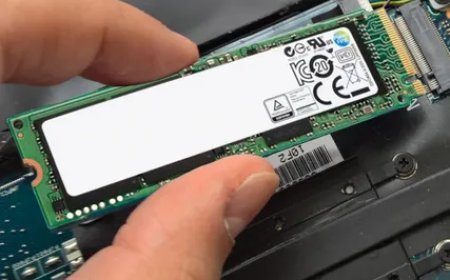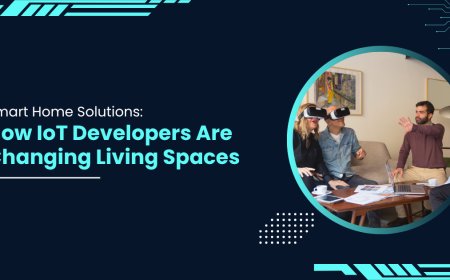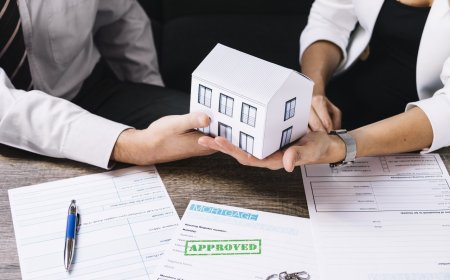What to Consider When Choosing a Reception Table for Your Office
The reception area is the handshake of your office – it’s the very first physical touchpoint for clients, partners, and potential employees.

The reception area is the handshake of your office its the very first physical touchpoint for clients, partners, and potential employees. Central to this critical first impression is the reception table or desk. Its more than just a piece of furniture; it's a statement about your brand, a hub of activity, and a crucial workspace for your front-line staff. Choosing the right reception table, therefore, isn't a decision to be taken lightly. A thoughtful selection can enhance your office's functionality, reinforce your brand identity, and create a welcoming atmosphere. Conversely, a poor choice can lead to an inefficient workspace, a disjointed aesthetic, and a less-than-ideal first impression.
So, what key factors should you meticulously consider to ensure you select the perfect reception table for your office?
1. First Impressions & Brand Identity:
Before anything else, consider the message you want to convey. The reception table is a powerful branding tool.
- Style and Aesthetics: Does your company project a modern, minimalist vibe, or is it more traditional and established? The design of the reception table from sleek lines and contemporary materials like glass and metal, to warm woods and classic designs should directly reflect your brand's personality.
- Logo Integration: Many businesses choose to subtly incorporate their logo into the reception desk design, either through backlighting, inlay, or dimensional lettering. This immediately reinforces brand recognition.
- Color Palette: The colors of the table should harmonize with your overall office design and brand colors, creating a cohesive and professional look.
2. Size, Scale, and Available Space:
The physical dimensions of your reception area will largely dictate the appropriate size and shape of your reception table.
- Proportionality: A massive desk in a tiny lobby will feel overwhelming, while a diminutive table in a grand entrance will look lost. Aim for a table that is proportional to the space.
- Traffic Flow: Ensure the table doesn't obstruct walkways or create bottlenecks. There should be ample space for visitors to approach the desk and for staff to move around comfortably. Consider a curved design if space is tight and foot traffic is high.
- Height: Standard desk height is important for receptionist comfort, but also consider the height from a visitor's perspective it should feel approachable. Some designs incorporate a slightly higher transaction counter for visitor interactions.
3. Functionality and Ergonomics for the Receptionist:
The reception table is a workstation. The comfort and efficiency of your receptionist(s) are paramount.
- Work Surface Area: Is there enough space for a computer, phone, visitor sign-in system, essential documents, and personal items without feeling cluttered?
- Ergonomics: Consider features like appropriate desk height for comfortable seating, keyboard trays, and monitor arms to prevent strain. An ergonomically sound design contributes to employee well-being and productivity.
- Storage Needs: What needs to be stored at the reception desk? Think about drawers for stationery, files, and personal belongings; shelves for brochures or directories; and perhaps lockable compartments for security. Integrated storage helps keep the visible surface tidy and professional.
- Accessibility: For the receptionist, ensure easy access to all necessary tools and equipment. For visitors, consider if a section of the counter needs to be at a wheelchair-accessible height (ADA compliance in relevant regions).
4. Material and Durability:
Reception tables endure significant daily wear and tear. Choosing durable, high-quality materials is a wise long-term investment.
- High-Traffic Considerations: Materials like laminate, solid surface (e.g., Corian), stone (granite, quartz), or high-quality wood veneers are popular choices for their durability and ease of maintenance.
- Cleaning and Maintenance: Consider how easy the material is to clean and maintain. A busy reception area requires surfaces that can withstand frequent wiping and resist stains or scratches.
- Aesthetic Longevity: While a trendy material might look good now, consider if it will still align with your brand and appear current in five or ten years. Classic materials often offer better longevity.
5. Technology Integration:
Modern offices rely heavily on technology, and the reception desk is no exception.
- Cable Management: Look for built-in cable management solutions (grommets, channels, trays) to keep wires ????dden and organized, preventing a tangled mess and potential tripping hazards.
- Power and Data Outlets: Ensure there are sufficient and conveniently located power outlets and data ports for computers, phones, printers, chargers, and any other necessary devices.
- Space for Equipment: Plan for the placement of CPUs, printers, scanners, or any specialized equipment the receptionist might need.
6. Modularity and Future Needs:
Consider if your business is likely to grow or if your reception needs might change.
- Modular Designs: Some reception desks offer modular components that can be added or reconfigured as your needs evolve. This can be a cost-effective way to adapt the space without replacing the entire unit.
- Flexibility: Think about whether the desk needs to accommodate one or multiple receptionists, now or in the future.
7. Budget:
Reception tables come in a vast range of price points. It's crucial to establish a realistic budget early in the selection process. While it's tempting to opt for the cheapest option, remember that the reception table is an investment in your brand image and operational efficiency. Balance cost with quality, durability, and the features you genuinely need. A well-chosen, durable desk will offer better long-term value than a cheaper alternative that needs frequent replacement or repair.
8. Lighting:
While not part of the table itself, consider how the lighting in your reception area interacts with the table. Ensure there's adequate task lighting for the receptionist and that the overall lighting complements the table's design and materials, highlighting it as a focal point. Some reception desks even come with integrated LED lighting features.
Choosing the right reception table requires careful consideration of these interconnected factors. By taking the time to assess your brand, space, functional needs, and budget, you can select a piece of furniture that not only welcomes visitors effectively but also supports your staff and enhances the overall professionalism of your office environment. Its an investment that speaks volumes before a single word is exchanged.
Create a lasting first impression with premium reception desk furniture Vadodara. We offer stylish, ergonomic, and customized reception solutions that perfectly blend form and function.
































